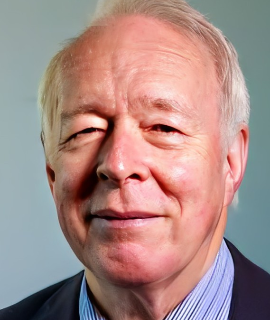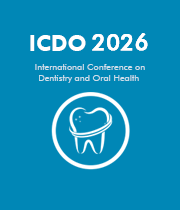Dental identification
Dental identification is an important technique used in dentistry to identify individuals. It is based on the analysis of dental characteristics, including shape, size, orientation and spacing of teeth, as well as the presence of any restorations. The technique is widely used in forensic dentistry as a means of identifying victims of crime, or in cases of missing persons, as well as in cases of mass disaster. Dental identification involves a comprehensive evaluation of the teeth and associated structures, such as the gums, tongue, and palate. This includes taking dental radiographs, or X-rays, to get a detailed view of the teeth and surrounding structures. In cases of missing persons, the dental records of the individual can be compared with the X-rays taken on the body to identify the individual. The use of dental identification also includes the use of dental casts or molds of the teeth. These casts are made from impressions of the teeth, which are then compared to dental records or to other individuals. This is used to make a positive identification, as the shape and size of the teeth are very distinctive. The accuracy of dental identification is very high, with a success rate of up to 99%. It is therefore an important tool in the identification of individuals, and is often used in cases of missing persons or mass disaster. It is also used in criminal investigations, as it can provide a definite link between a suspect and the crime scene. In conclusion, dental identification is a valuable tool in dentistry, and is widely used in forensic dentistry, criminal investigations, and cases of missing persons. It is a reliable technique, with a high success rate, and is therefore an important part of the dental profession.

David Geoffrey Gillam
Queen Mary University of London, United Kingdom
Christopher Turner
Spacemark Dental, United Kingdom




Title : Evaluating hygienist follow up for head and neck oncology patients in secondary care: Results from a two cycle audit
Peter Basta, Newcastle Dental Hospital, United Kingdom
Title : Atypical facial pain unravelled
Christopher Turner, Spacemark Dental, United Kingdom
Title : New treatment of temporomandibular disorder through muscle balance and muscle regeneration by activation of quiescent muscle stem cells( satellite cells) with mitochondrial dynamics
Ki Ji Lee, National Reserach Foundation & Busan Medical University, Korea, Republic of
Title : MRONJ and ORN: Referral or management in primary care? Navigating guidelines in the context of long waiting lists
Alisha Sagar, NHS England, United Kingdom
Title : Managing the unexpected: An Insight into supernumerary teeth
Bahar Gharooni Dowrani, Guy's and St Thomas' NHS Foundation Trust, United Kingdom
Title : Laxative prescribing for post operative head and neck cancer patients at Derriford Hospital
Pui Sze Kylie Li, Cardiff and Vale University Health Board, United Kingdom